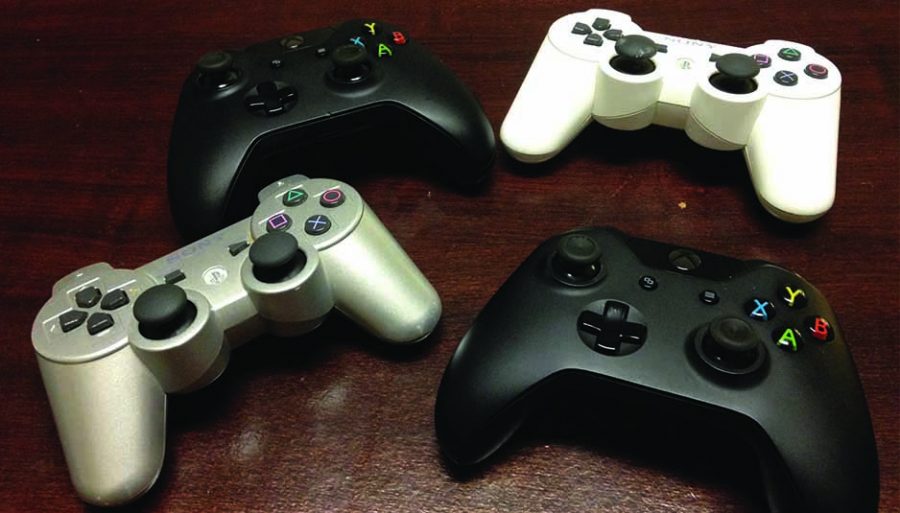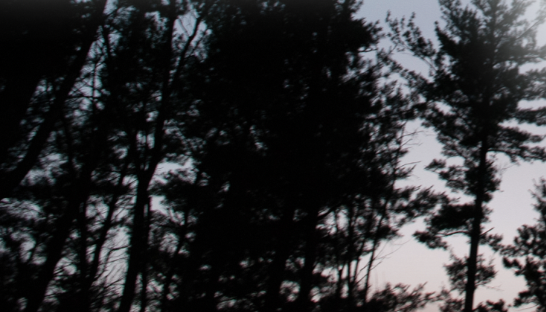Matthew Byers | Staff Writer
The modern shooter genre has its beginnings centered on the games Doom, Duke Nukem, and Wolfenstein. These three games produced dozens of copies that ranged from mediocre to successful. One particular series, Shadow Warrior, is a mixture of Duke Nukem and Asian kung-fu movies.
The original Shadow Warrior released on May 13, 1997 for DOS and re-released for modern systems through Steam titled Shadow Warrior Classic Redux on July 8, 2013. The classic game featured a katana to slash demons, shurikens to throw from a distance, machine guns, pipe bombs, a demon’s head, shotguns, a grenade launcher, and even a nuke launcher. The classic game plays just like Doom or Duke Nukem, but offers an Asian-style wit of sarcasm along with the same hunt for Easter-eggs and hidden weapon caches to give laughs or advantages through the game; a personal favorite Easter-egg involves referencing a 90’s racing anime.
A reboot of Shadow Warrior came on September 26, 2013 for PC, and the Playstation 4 and Xbox One found themselves getting copies in October 2014. The new game stays fairly true to the original; even being an original henchman of the main antagonist stays true. The main differences however is that Lo Wang, the protagonist, is much crasser and swears more readily. Instead of choosing to fight the main antagonist, Master Zilla, due to almost pure moral conflictions as in the first game, Lo Wang chooses to fight more from a mixture of greed and revenge.
Looking at the main gameplay, it is a mixture of sword slashing and use of firearms to slay various demons. With use of power-ups and upgrading weapons, such as giving a crossbow sticky bombs or the double barrel shotgun four barrels, your destructive power increases and demons become less and less of a threat which is a double-edge sword; late into the game, if you have found numerous secrets and unlocked various upgrades, common enemies become almost too easy. With only about eleven different types of demons, battles become less exciting and more of hoops to jump through to beat a level. This leads levels to either spam massive amounts of enemies at once or greater demons that serve more as bullet-sponges than antagonists.
Puzzles are also effortless to solve; the games main puzzles are almost entirely go find a button, press it, or break a sealing barrier to open a door. There is no real key thought and this inspires the optional survival mode that pits the player against waves of demons to slay using only at first a sword and points between rounds to buy and upgrade gear.
The visuals are clear and levels have intricate Japanese theming with areas trying hard not to become repetitious, although even the main character comments on the cliché designs, and some levels are simply going through the same area in various uninspired ways such as going through the left door, slay all the demons, turn around, head through the right door. The audio of the game relies less on intricate catchy music that draws in the player and more of cliché Asian flutes or orchestrated battle music that is forgettable. Some sound effects are stock and sours the game due to the overuse.
While the modern version is a mindless shooter/slasher that is enjoyable almost exclusively for the sheer destruction, the classic has a more a fitting retro charm with exploration generally more rewarding. The 2013 game isn’t necessarily bad, but it isn’t anywhere near game of the year quality. It’s fun, and can basically be played through once or twice before the charm wears off.









